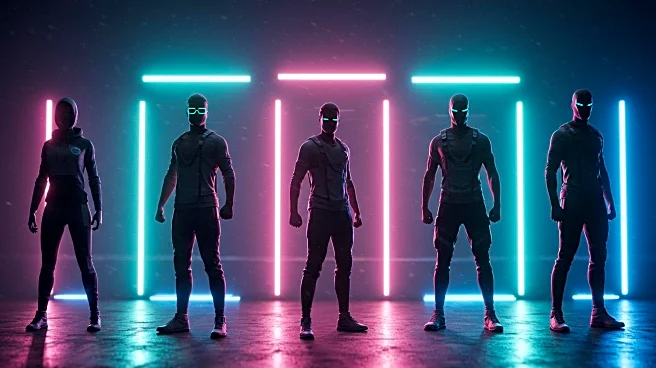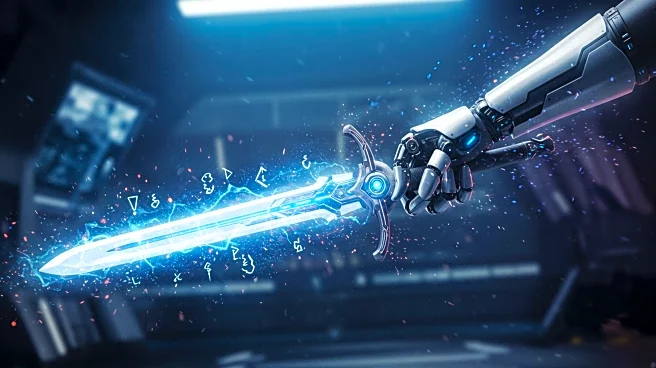What's Happening?
Overwatch 2, a popular multiplayer game, has shifted its hero design philosophy to focus on conventionally attractive human characters, moving away from its previous emphasis on quirky and diverse designs. This change has sparked significant discussion among the gaming community, particularly with the introduction of the new hero, Wuyang. Blizzard's lead concept artist, Daryl Tan, explained that the aim is to create characters that foster deeper connections with players. However, this shift has raised concerns about the loss of character diversity and uniqueness that once defined the franchise. Fans are debating whether this move prioritizes marketability over originality, as the game now seems to favor 'aspirational' designs.
Why It's Important?
The shift in Overwatch 2's design philosophy highlights a broader trend in the gaming industry where market forces may influence creative decisions. This change could impact the game's global fanbase, as it raises questions about the balance between diversity and marketability in character design. The debate underscores a growing concern about the industry's trend towards safe, attractive designs at the expense of diverse representation. Fans advocating for diversity could potentially reshape industry standards, emphasizing the importance of maintaining creative integrity and originality in gaming.
What's Next?
As Overwatch 2 continues to evolve, the community's reaction to these changes will be crucial. Fans are encouraged to voice their opinions to ensure that diversity remains a cornerstone of gaming culture. Blizzard's response to this feedback could influence future game development and character design choices. The ongoing debate may lead to increased scrutiny on character design decisions, potentially impacting the direction of the franchise and the industry as a whole.
Beyond the Headlines
The shift towards conventional hero designs in Overwatch 2 raises ethical and cultural questions about representation in gaming. It challenges the industry to consider the long-term implications of prioritizing market-driven designs over diverse and unique character portrayals. This development could trigger a reevaluation of creative priorities, encouraging a balance between commercial success and cultural inclusivity.











